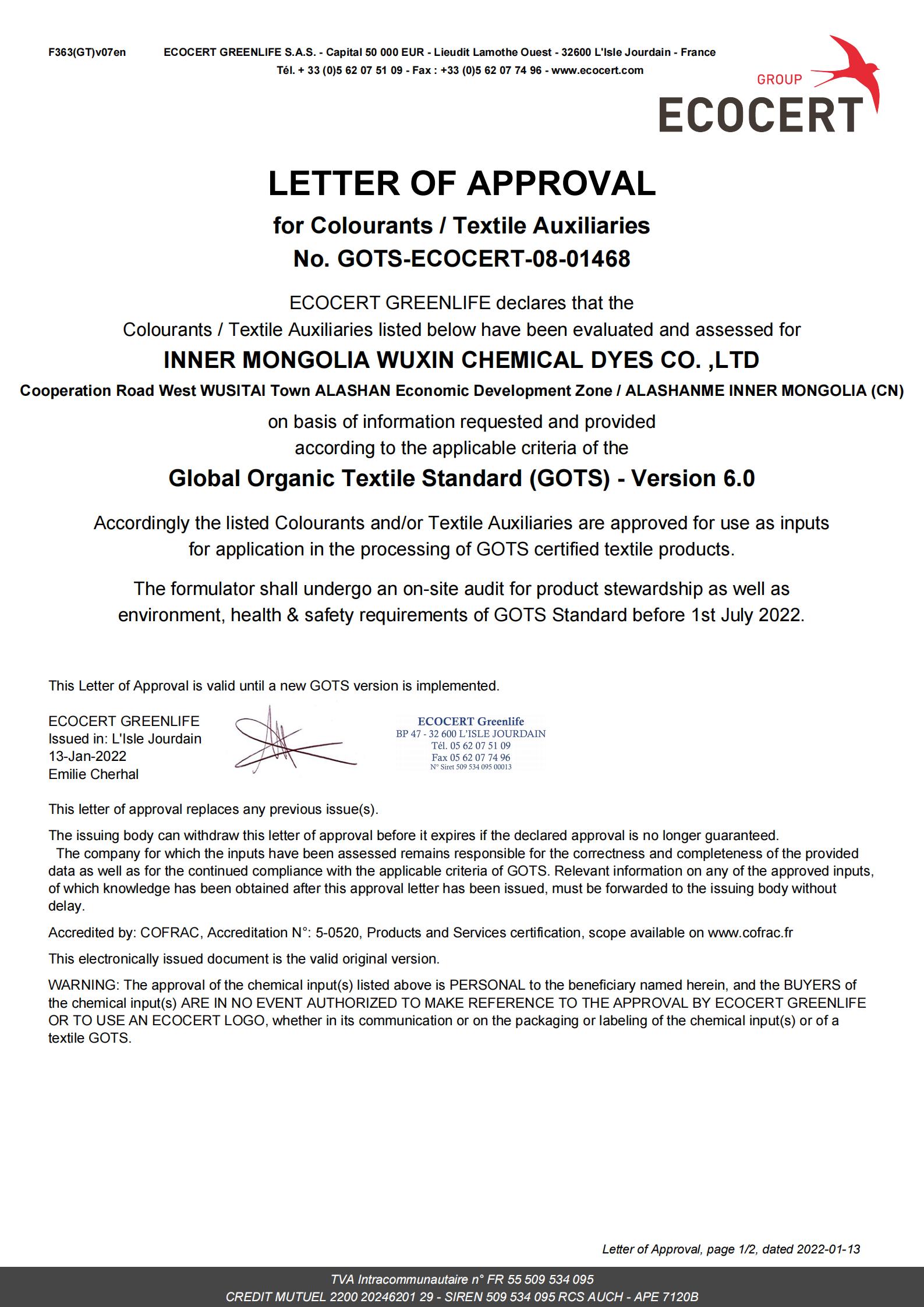pure natural indigo powder
The Vibrant World of Pure Natural Indigo Powder
In the realm of natural dyes, few substances boast as rich a history and cultural significance as pure natural indigo powder. Derived from the leaves of the Indigofera plant, this deep blue pigment has been used for centuries across various cultures for dyeing textiles, art, and even for medicinal purposes. From its ancient beginnings to its contemporary applications, natural indigo continues to captivate enthusiasts around the globe.
Historical Significance
The use of indigo dates back to ancient civilizations, with evidence of its application found in archaeological sites from Egypt to India and as far as China. The indigo plant was cultivated extensively in these regions, where artisans learned to extract the pigment through complex fermentation processes. This natural dye was highly prized, often compared to gold due to its vibrant hue and permanence. In fact, in some cultures, indigo was so valuable that it was used as currency.
In Europe, indigo made its way into the textile industry during the 16th century, leading to its popularity in fashion. The rich blue color became a symbol of wealth and status, often used in the garments of the elite. However, the demand for indigo also led to the rise of synthetic alternatives in the 19th century. Despite this, the revival of interest in organic and sustainable practices has positioned natural indigo back in the spotlight.
The Process of Creation
Creating pure natural indigo powder is an art that involves various intricate steps. The process begins with cultivating the Indigofera plant, which thrives in warm, tropical climates. After harvesting the leaves, they are soaked in water to begin the fermentation process. This fermentation allows the plant's indigo to be freed from its natural state and transformed into a soluble form, which can then be oxidized into the deep blue dye.
Once the fermentation period is complete, the mixture is aerated to expose it to oxygen, causing the liquid to turn a deep blue. The process of stirring and aerating is crucial, as it helps precipitate the indigo out of the solution. After settling, the indigo is collected, dried, and ground into a fine powder, resulting in the pure natural indigo powder that is prized by dyers, artists, and creators today.
pure natural indigo powder

Applications and Benefits
The versatility of pure natural indigo powder extends beyond traditional dyeing. In recent years, it has been embraced by various industries, particularly in fashion, textiles, and cosmetics. Unlike synthetic dyes that may contain harmful chemicals, natural indigo is biodegradable and poses minimal risk to both the environment and human health. Its deep, rich hue complements a wide variety of fabrics and is often associated with high-quality artisanal products.
Beyond its aesthetic applications, indigo has been recognized for its potential health benefits. In traditional medicine, it has been used to treat ailments such as fever and inflammation. Recent studies have also explored its antioxidant properties, which may contribute to overall well-being. Moreover, the use of natural indigo in cosmetics—such as natural hair dyes—signals a growing consumer trend toward eco-friendly and chemical-free alternatives.
Cultural Renaissance
Today, the move towards sustainable fashion and environmental consciousness has led to a resurgence in the interest in natural indigo. Artisans and designers around the globe are incorporating indigo into their work, celebrating its rich history and environmentally friendly properties. This cultural renaissance not only honors traditional methods but also supports local economies by promoting small-scale farmers and artisans who cultivate the indigo plant and produce the dye.
Workshops and online courses teaching traditional indigo dyeing techniques have popped up, creating a community of enthusiasts eager to learn more about this ancient craft. Whether it’s through shibori techniques in Japan or kantha stitching in India, the creativity sparked by natural indigo is limitless.
Conclusion
Pure natural indigo powder is more than just a dye; it represents a deep connection to history, culture, and the environment. Its journey from plant to pigment is a testament to the craftsmanship and heritage of many societies. As the world continues to embrace sustainability and authenticity, natural indigo stands as a vibrant symbol of nature’s bounty, offering a rich, sustainable alternative to its synthetic counterparts. In a world increasingly aware of the impact of fashion on the planet, pure natural indigo powder is not merely a color; it is a lifestyle choice, echoing a commitment to tradition and a sustainable future.
-
The Timeless Art of Denim Indigo Dye
NewsJul.01,2025
-
The Rise of Sulfur Dyed Denim
NewsJul.01,2025
-
The Rich Revival of the Best Indigo Dye
NewsJul.01,2025
-
The Enduring Strength of Sulphur Black
NewsJul.01,2025
-
The Ancient Art of Chinese Indigo Dye
NewsJul.01,2025
-
Industry Power of Indigo
NewsJul.01,2025
-
Black Sulfur is Leading the Next Wave
NewsJul.01,2025

Sulphur Black
1.Name: sulphur black; Sulfur Black; Sulphur Black 1;
2.Structure formula:
3.Molecule formula: C6H4N2O5
4.CAS No.: 1326-82-5
5.HS code: 32041911
6.Product specification:Appearance:black phosphorus flakes; black liquid

Bromo Indigo; Vat Bromo-Indigo; C.I.Vat Blue 5
1.Name: Bromo indigo; Vat bromo-indigo; C.I.Vat blue 5;
2.Structure formula:
3.Molecule formula: C16H6Br4N2O2
4.CAS No.: 2475-31-2
5.HS code: 3204151000 6.Major usage and instruction: Be mainly used to dye cotton fabrics.

Indigo Blue Vat Blue
1.Name: indigo blue,vat blue 1,
2.Structure formula:
3.Molecule formula: C16H10N2O2
4.. CAS No.: 482-89-3
5.Molecule weight: 262.62
6.HS code: 3204151000
7.Major usage and instruction: Be mainly used to dye cotton fabrics.

